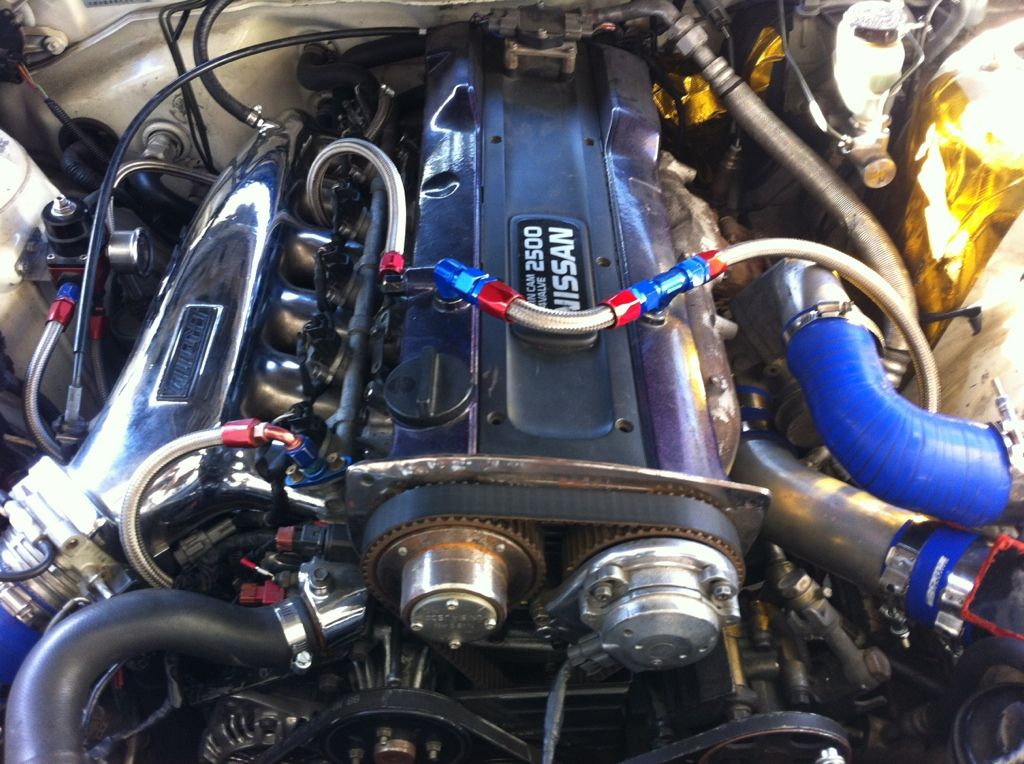Definition / Example
Reversion is most common in engines with very large camshafts operating at low speeds such as close to idle. Situations where MAFs read unreliably due to reversion can generally be greatly improved by moving the MAF further from the throttle body. Increasing the volume of the intake between the MAF and the throttle body is also effective at smoothing out the pulses of air coming from an engine with a radical camshaft. It is normally possible to get a reliable enough MAF signal in most circumstances. Even extremely wild cams that draw 3-4″ of vacuum at idle can be tamed with an appropriately designed intake system.
Another form of reversion that is troublesome to MAF systems happens with poorly designed supercharger bypass valve systems. In most of these systems, the pipe connecting the outlet of the bypass valve connects with the inlet of the supercharger at an angle where recirculated air flows backwards through the intake. This causes any reverse-flowing air to be metered multiple times by the MAF, leading to unreliable operation. This can almost always be remedied by adjusting the angle of the pipe from the bypass so it points at the inlet of the supercharger directing the flow of recirculated air away from the MAF.
I ask this because I installed a new Turbo inlet pipe and It seems that my MAF is experiencing reversion even tho the new inlet pipe is longer than the stock accordion silicone inlet. The disadvantage i guess to installing this new turbo inlet is that it is a smooth surface inside so reversion is getting to the MAF a lot easier than with running the stock accordion tube.
Is there a way to tune for this? The car will sometimes just stall when coming to a stop or slowing down. Doesn't do it with the stock turbo inlet.
Thank You.





